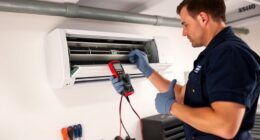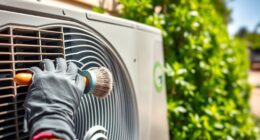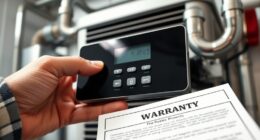Are you interested in optimizing the energy efficiency of your heat pump? We can help you with that.
In this article, we’ll share practical tips and expert advice on how to boost your heat pump’s performance and reduce energy consumption.
From understanding efficiency ratings to upgrading your thermostat and sealing ductwork, we’ll guide you through the steps to achieve optimal energy efficiency.
Let’s dive in and start saving both energy and money!

Key Takeaways
- Understanding heat pump efficiency is important when selecting a heat pump.
- Proper sizing of the heat pump ensures optimal performance and energy efficiency.
- Regular maintenance, including cleaning filters and coils, helps to maintain optimal efficiency.
- Improving insulation and upgrading to a programmable thermostat can contribute to maximizing energy efficiency.
Understanding Heat Pump Efficiency Ratings
We frequently assess heat pump efficiency ratings to determine their energy-saving potential.
Understanding energy efficiency is crucial when it comes to selecting the right heat pump for your needs.
Heat pump efficiency ratings are measured using two key metrics: Seasonal Energy Efficiency Ratio (SEER) and Heating Seasonal Performance Factor (HSPF).
SEER measures the cooling efficiency of the heat pump, while HSPF measures its heating efficiency.

The higher the SEER and HSPF ratings, the more energy-efficient the heat pump is.
It’s important to note that higher efficiency ratings typically come with a higher price tag, but they can lead to significant long-term energy savings.
Choosing the Right Size Heat Pump for Your Home
To ensure optimal performance, it’s important to choose the right size heat pump for our home. Heat pump sizing plays a crucial role in maximizing energy efficiency and comfort.
The first step in selecting the correct size is to conduct a thorough home energy assessment. This assessment evaluates factors such as insulation levels, windows, and overall square footage to determine the heat load requirements of the home.
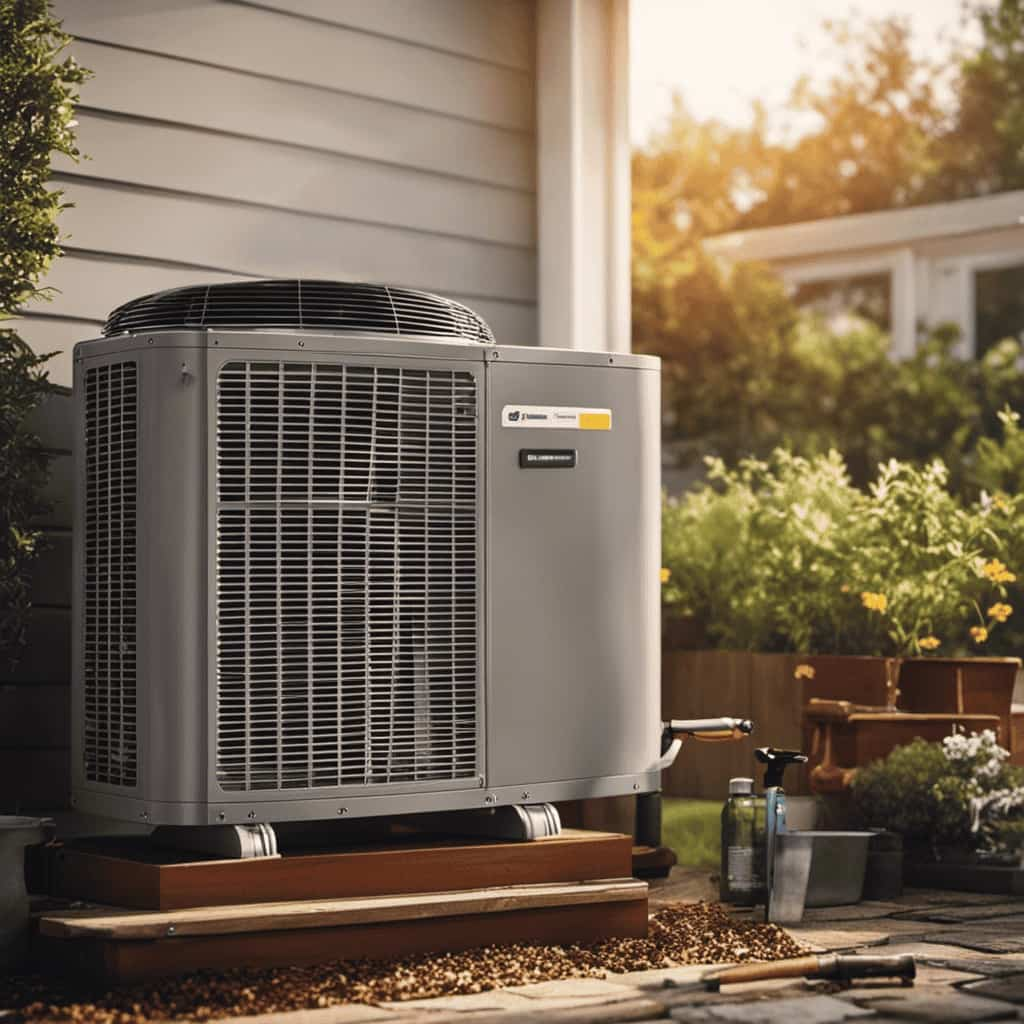
Properly sizing the heat pump ensures that it can effectively heat or cool our home without wasting energy. An undersized unit may struggle to maintain desired temperatures, leading to increased energy consumption, while an oversized unit may cycle on and off frequently, resulting in unnecessary wear and tear.
By accurately assessing our home’s needs, we can choose the right size heat pump that efficiently meets our comfort requirements.
Now, let’s explore the next topic: regular maintenance for optimal energy efficiency.
Regular Maintenance for Optimal Energy Efficiency
Maintaining our heat pump regularly is essential for achieving optimal energy efficiency. Understanding the maintenance requirements and the importance of regular check-ups can help us keep our heat pump running smoothly and efficiently. Here is a table outlining some key maintenance tasks and their recommended frequency:
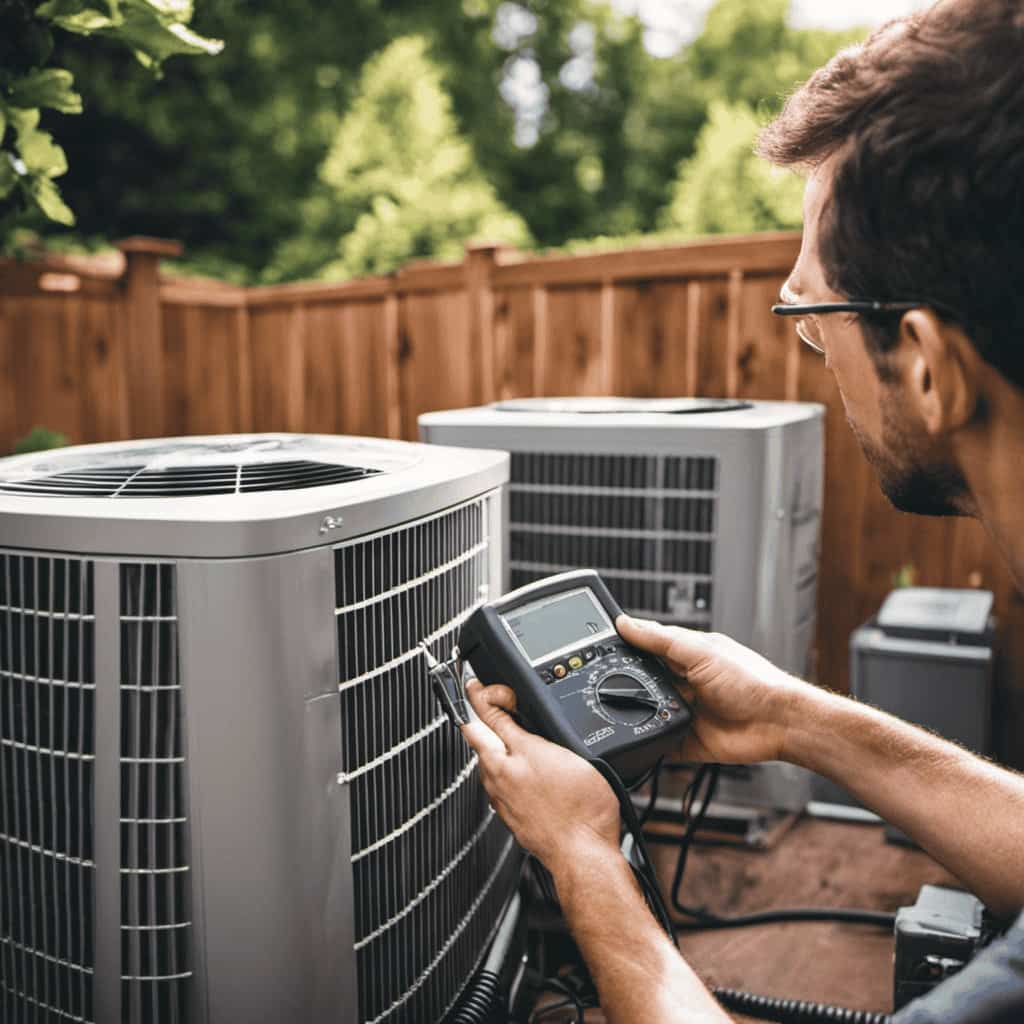
| Maintenance Task | Recommended Frequency |
|---|---|
| Clean or replace filters | Every 1-3 months |
| Check and clean coils | Annually |
| Inspect fan and blower | Annually |
| Schedule professional maintenance | Biannually |
Regularly cleaning or replacing filters ensures that the airflow is not obstructed, allowing the heat pump to operate efficiently. Checking and cleaning coils helps maintain their heat transfer efficiency. Inspecting the fan and blower ensures proper airflow. Lastly, scheduling professional maintenance biannually allows for a thorough inspection of the entire system. By following these maintenance guidelines, we can optimize our heat pump’s performance and achieve maximum energy efficiency.
Improving Insulation for Better Heat Pump Performance
By ensuring that our home is properly insulated, we can improve the performance of our heat pump. Good insulation prevents heat from escaping, reducing heat loss and allowing the heat pump to work more efficiently.
One way to improve insulation is by adding insulation to attics, walls, and floors. Insulating the attic is particularly important, as heat tends to rise and escape through the roof.
Another way to enhance insulation is by sealing any gaps or cracks around windows, doors, and electrical outlets. This helps to prevent drafts and keeps the warm air inside.

Additionally, improving ventilation in the home is crucial for maintaining good indoor air quality and preventing moisture buildup. Proper ventilation helps to remove excess humidity and prevent the growth of mold and mildew.
Upgrading to a Programmable Thermostat
When it comes to improving energy efficiency, upgrading to a programmable thermostat offers numerous benefits.
By allowing users to schedule temperature adjustments throughout the day, programmable thermostats can help optimize heating and cooling settings to match occupancy patterns. This can result in significant cost savings, as the thermostat can automatically adjust temperatures when no one is home or during sleeping hours.
However, it’s important to ensure proper installation techniques to maximize the efficiency and effectiveness of the programmable thermostat.
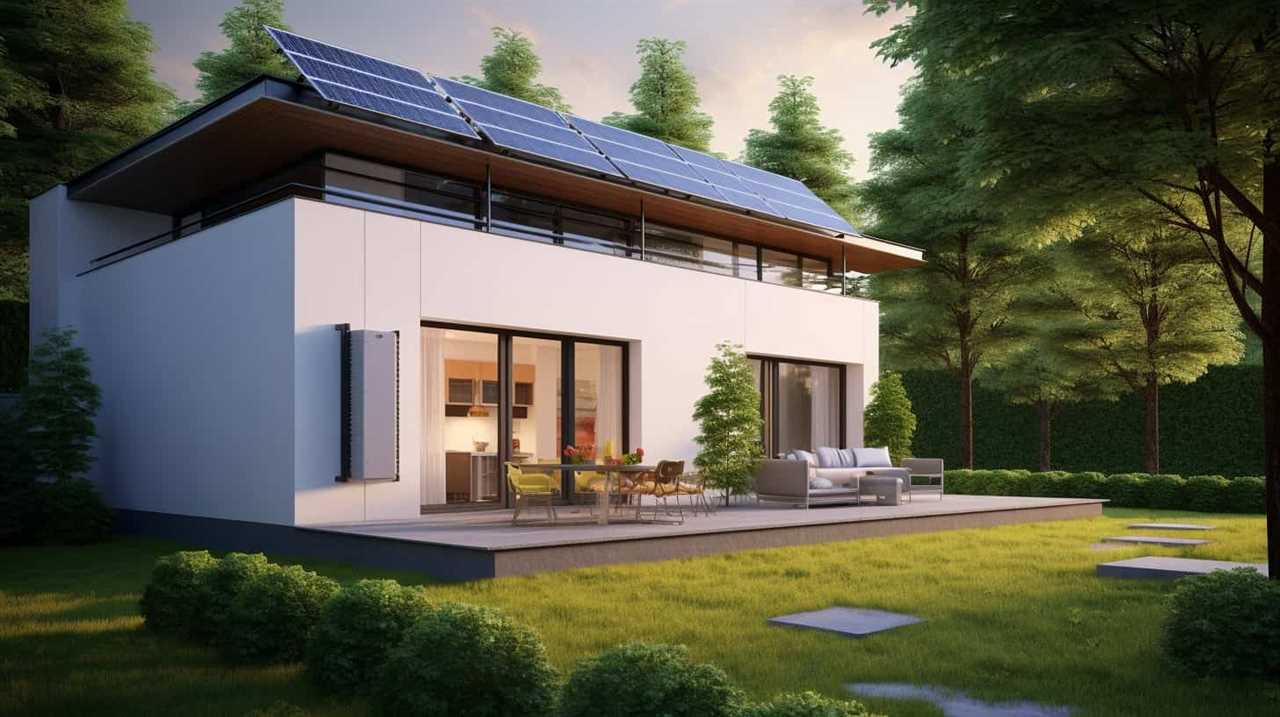
Benefits of Programmable Thermostats
We can enhance our heat pump’s energy efficiency by upgrading to a programmable thermostat. Programmable thermostats offer a range of benefits that can help us save energy and money.
First, these thermostats allow for smart home integration, meaning we can control the temperature settings remotely using our smartphones or other devices. This feature enables us to adjust the temperature even when we aren’t at home, ensuring optimal comfort while minimizing energy wastage.
Additionally, programmable thermostats come with energy-saving tips and features, such as programmed schedules and temperature setbacks during times when we’re away or asleep. By automatically adjusting the temperature based on our preferences and daily routines, these thermostats help optimize energy usage and reduce utility bills.
Upgrading to a programmable thermostat is a crucial step towards achieving cost savings with upgrades.

Cost Savings With Upgrades
Let’s consider the cost savings we can achieve by upgrading to a programmable thermostat.
Upgrading to a programmable thermostat can lead to significant cost savings through energy efficiency improvements. A programmable thermostat allows users to set different temperature levels for different times of the day, ensuring that the heat pump operates only when needed. This can result in reduced energy consumption and lower utility bills.
A cost analysis reveals that homeowners can save up to 10% per year on heating and cooling costs by using a programmable thermostat. Additionally, programmable thermostats provide energy-saving tips by allowing users to program setback temperatures during periods of absence or sleep.
Proper Installation Techniques
To maximize energy efficiency, we should ensure that the programmable thermostat is properly installed and set up. Proper installation techniques are crucial to ensure that the thermostat functions optimally and accurately controls the temperature in your home. Common installation mistakes can lead to reduced energy efficiency and increased energy costs. It is important to follow the manufacturer’s instructions and guidelines during installation. Here are some common installation mistakes to avoid:
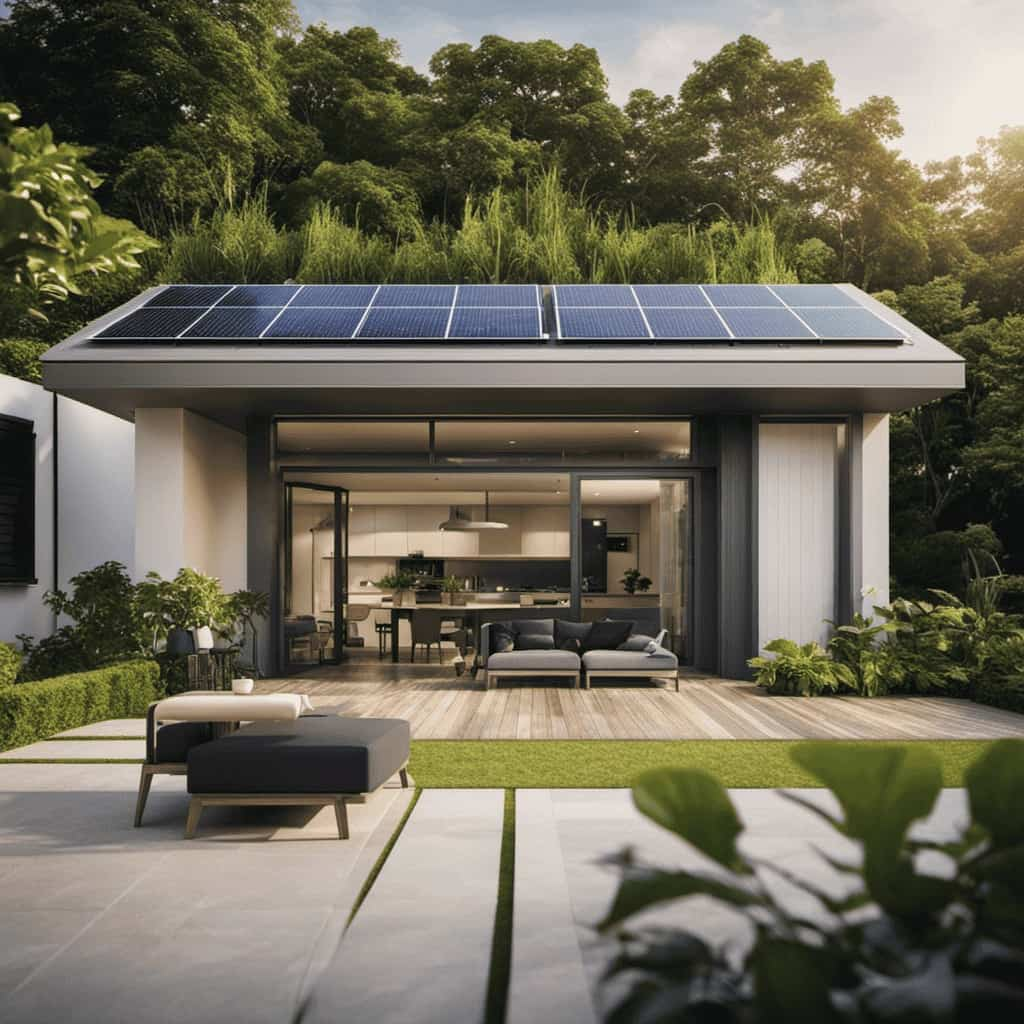
| Common Installation Mistakes | Proper Installation Techniques |
|---|---|
| Incorrect wiring connections | Follow the wiring diagram provided by the manufacturer. Double-check the connections to ensure they are secure and properly aligned. |
| Improper thermostat placement | Install the thermostat away from direct sunlight, drafts, and heat sources. Place it in a central location for accurate temperature sensing. |
| Failure to calibrate the thermostat | Calibrate the thermostat according to the manufacturer’s instructions to ensure accurate temperature readings and proper system operation. |
Using Zoning Systems to Maximize Efficiency
Our home’s energy efficiency can be maximized by using zoning systems. Zoning advantages include the ability to divide the home into separate areas or zones, each with its own thermostat and controls. This allows for customized temperature settings in different parts of the house, ensuring comfort and energy savings.
Zoning installation involves the use of dampers in the ductwork to control airflow to different zones. These dampers open or close based on the needs of each zone, directing heated or cooled air where it’s needed most. By optimizing airflow through zoning, we can improve energy efficiency by reducing the workload on the heat pump and avoiding unnecessary heating or cooling.
Now let’s explore how optimizing airflow can further enhance our home’s energy efficiency.
Optimizing Airflow for Improved Energy Efficiency
By adjusting the airflow throughout our home, we can enhance the energy efficiency of our heat pump. Improving ventilation and implementing effective airflow strategies play a crucial role in optimizing the performance of our heat pump system.
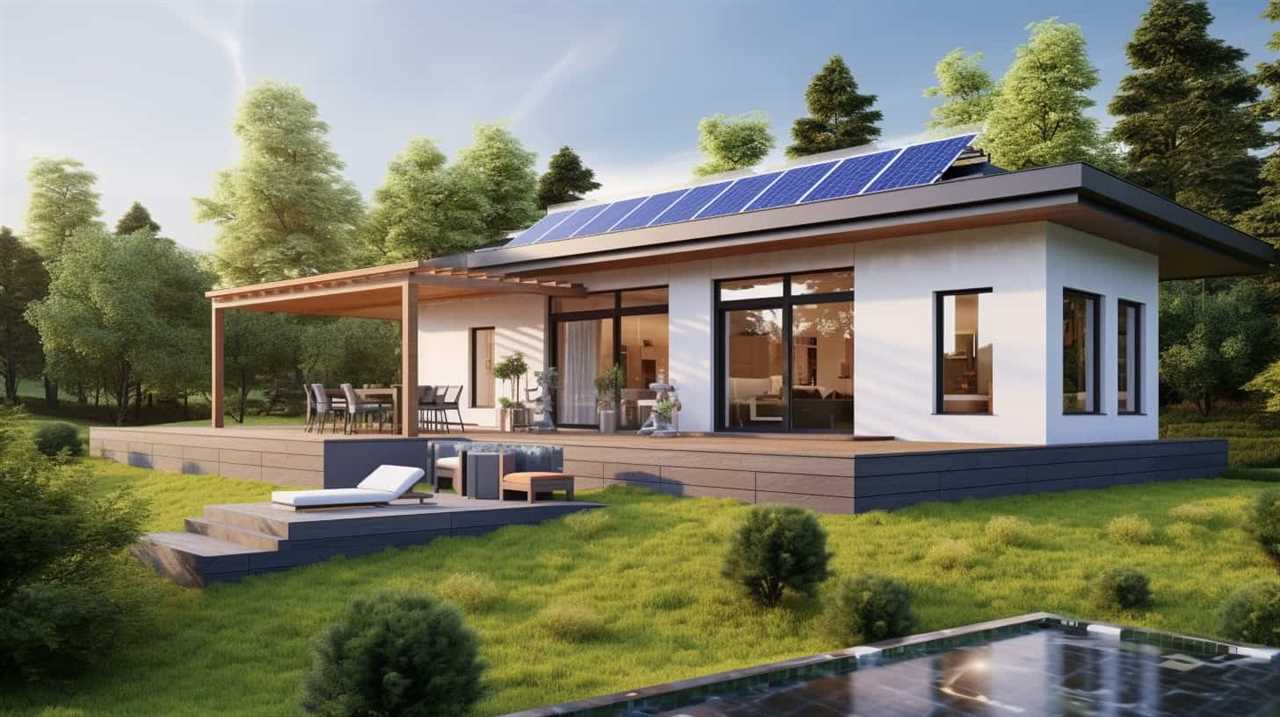
One way to achieve this is by ensuring that air registers and vents are clean and unobstructed. Regularly cleaning or replacing air filters is also essential for maintaining good airflow.
Additionally, sealing any leaks in the ductwork can prevent air loss and improve overall efficiency. Another effective strategy is to use ceiling fans or portable fans to help distribute the conditioned air more evenly throughout the space.
By implementing these airflow optimization techniques, we can maximize the efficiency of our heat pump and reduce energy consumption.
Now, let’s explore the next section on harnessing the power of geothermal heat pumps.

Harnessing the Power of Geothermal Heat Pumps
Geothermal heat pumps offer a more efficient alternative to traditional heating systems. By utilizing the constant temperature of the earth, these systems can provide both heating and cooling in a more environmentally friendly manner.
Not only do geothermal heat pumps reduce greenhouse gas emissions, but they also have the potential for significant energy savings over their lifespan.
Geothermal Vs. Traditional Heating
We can compare the energy efficiency of geothermal heat pumps with traditional heating methods.
Geothermal heat pumps have several advantages over traditional heating systems. Firstly, geothermal heat pumps utilize the constant temperature of the earth to provide heating, which means they require less energy compared to traditional heating systems. This results in lower energy consumption and reduced utility bills. Additionally, geothermal heat pumps have a longer lifespan and require less maintenance, making them a more cost-effective option in the long run.
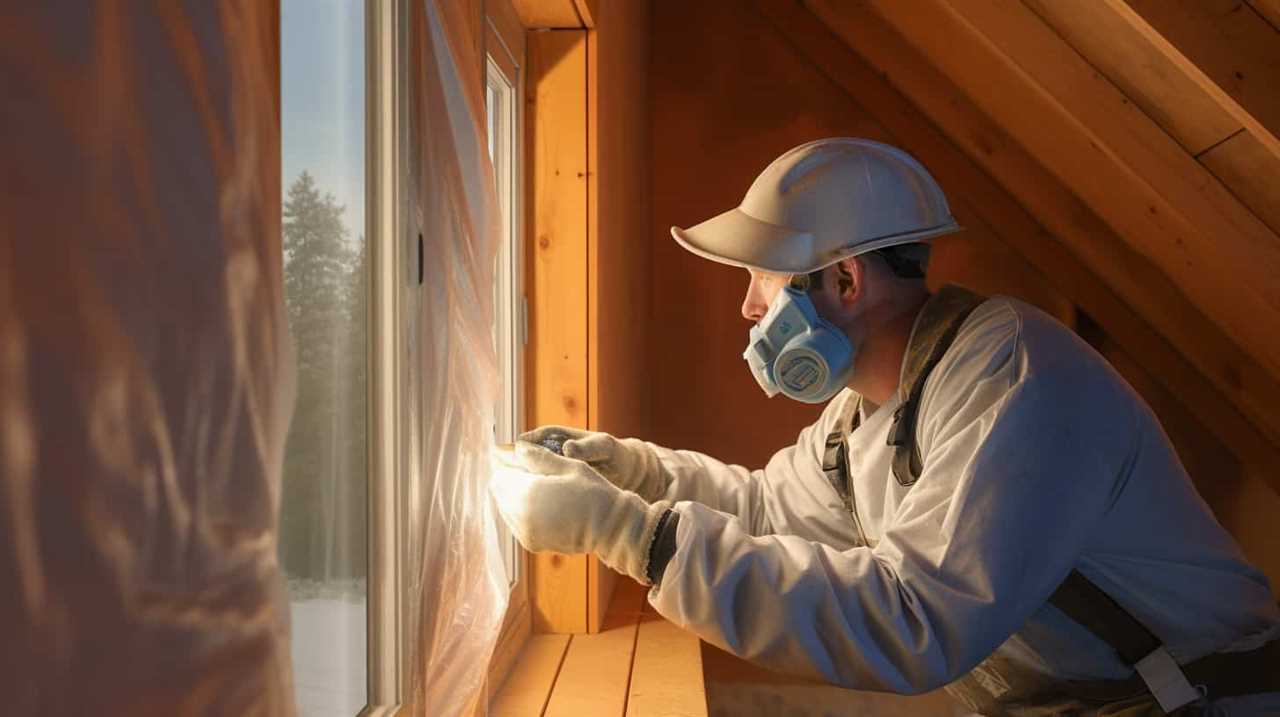
On the other hand, traditional heating methods, such as gas or electric furnaces, have drawbacks like higher energy consumption, higher utility bills, and a shorter lifespan. Transitioning from traditional heating to geothermal heat pumps can provide significant energy and cost savings while also reducing environmental impact.
Now, let’s explore the environmental benefits of geothermal.
Environmental Benefits of Geothermal?
One of the key environmental benefits of geothermal heat pumps is their ability to significantly reduce greenhouse gas emissions.
Geothermal technology utilizes the natural heat stored beneath the Earth’s surface to provide heating and cooling for residential and commercial buildings.

Unlike traditional heating systems that rely on burning fossil fuels, geothermal heat pumps harness the renewable energy from the Earth’s core.
By tapping into this clean and sustainable energy source, geothermal heat pumps produce minimal greenhouse gas emissions, making them an environmentally friendly alternative.
In fact, studies have shown that geothermal heat pumps can reduce carbon dioxide emissions by up to 70% compared to conventional heating methods.
This makes geothermal technology a crucial component in our efforts to combat climate change and create a more sustainable future.
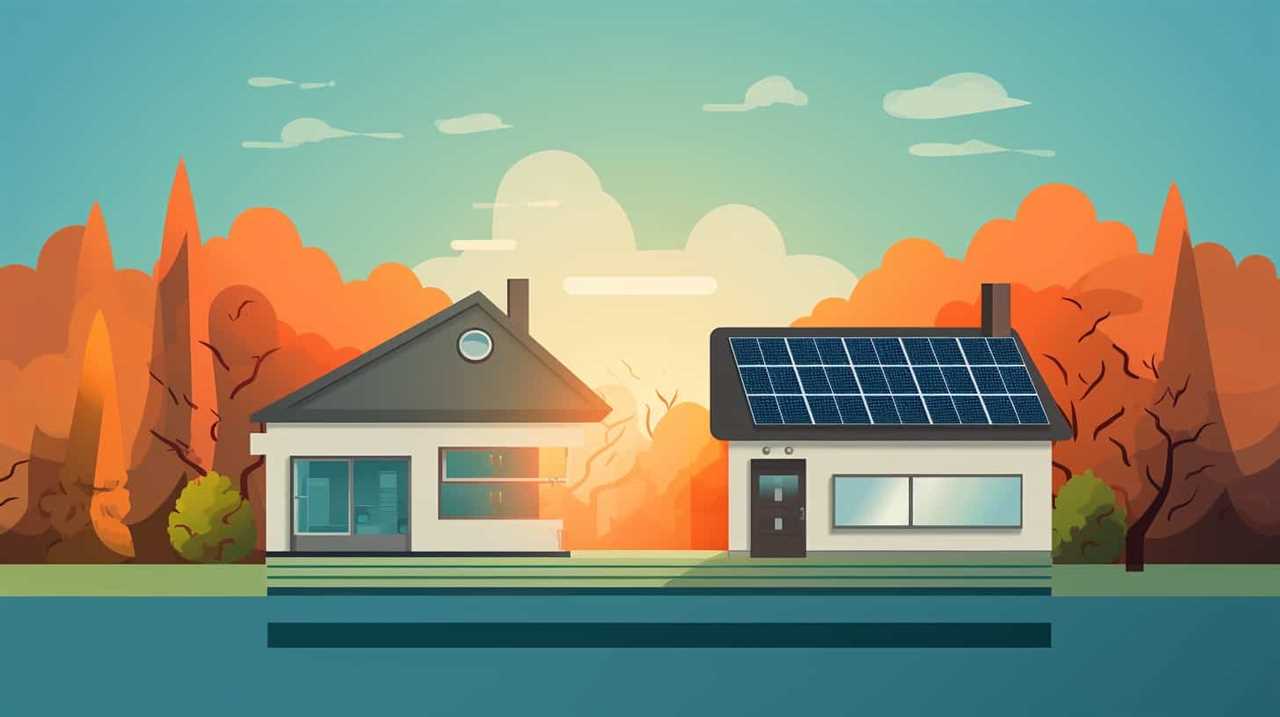
Utilizing Smart Technology for Energy Savings
The smart technology can help us save energy and improve the efficiency of our heat pump. By utilizing smart home automation and energy monitoring, we can optimize the performance of our heat pump and reduce our energy consumption. Here are four ways smart technology can help us achieve energy savings:
-
Thermostat Control: Smart thermostats allow us to easily control and schedule temperature settings, ensuring that our heat pump operates efficiently and only when needed.
-
Energy Monitoring: With smart energy monitoring systems, we can track our heat pump’s energy usage in real-time and identify areas for improvement.
-
Remote Access: Smart technology enables us to remotely control our heat pump, allowing us to adjust settings or turn it off when we’re away from home, further reducing energy waste.
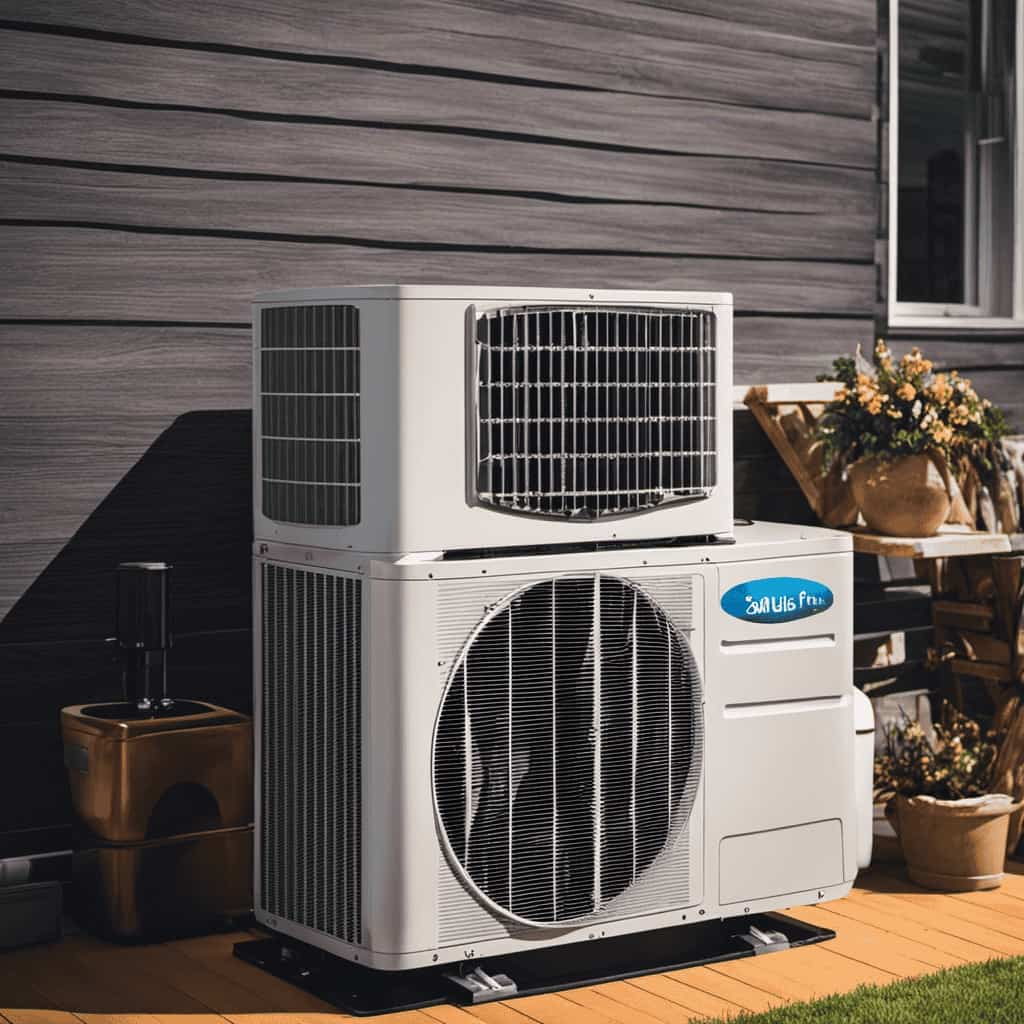
-
Integration with Renewable Energy: Smart technology can be integrated with renewable energy sources, such as solar panels, to maximize energy efficiency and reduce reliance on conventional power sources.
Incorporating Heat Pump Accessories for Increased Efficiency
To achieve increased efficiency, we can incorporate various heat pump accessories into our system. These accessories are designed to optimize the performance of our heat pump and maximize energy savings.
One essential accessory is a programmable thermostat, which allows us to set different temperature levels for different times of the day, ensuring that our heat pump operates only when needed.
Another useful accessory is a condensate pump, which helps to remove excess moisture from the air and improve the overall efficiency of the heat pump.

Additionally, installing a heat recovery ventilator can enhance energy efficiency by transferring heat from outgoing air to incoming fresh air.
Finally, using a heat pump cover can help protect the unit from the elements, ensuring that it operates efficiently year-round.
Adjusting Temperature Settings for Energy Savings
When it comes to optimizing energy efficiency in your heat pump, adjusting the temperature settings is a key factor to consider. By setting your thermostat to the optimal temperature range, you can ensure that your heat pump operates at its most efficient level.
Additionally, programming your thermostat to adjust the temperature when you’re away or asleep can lead to significant energy savings.
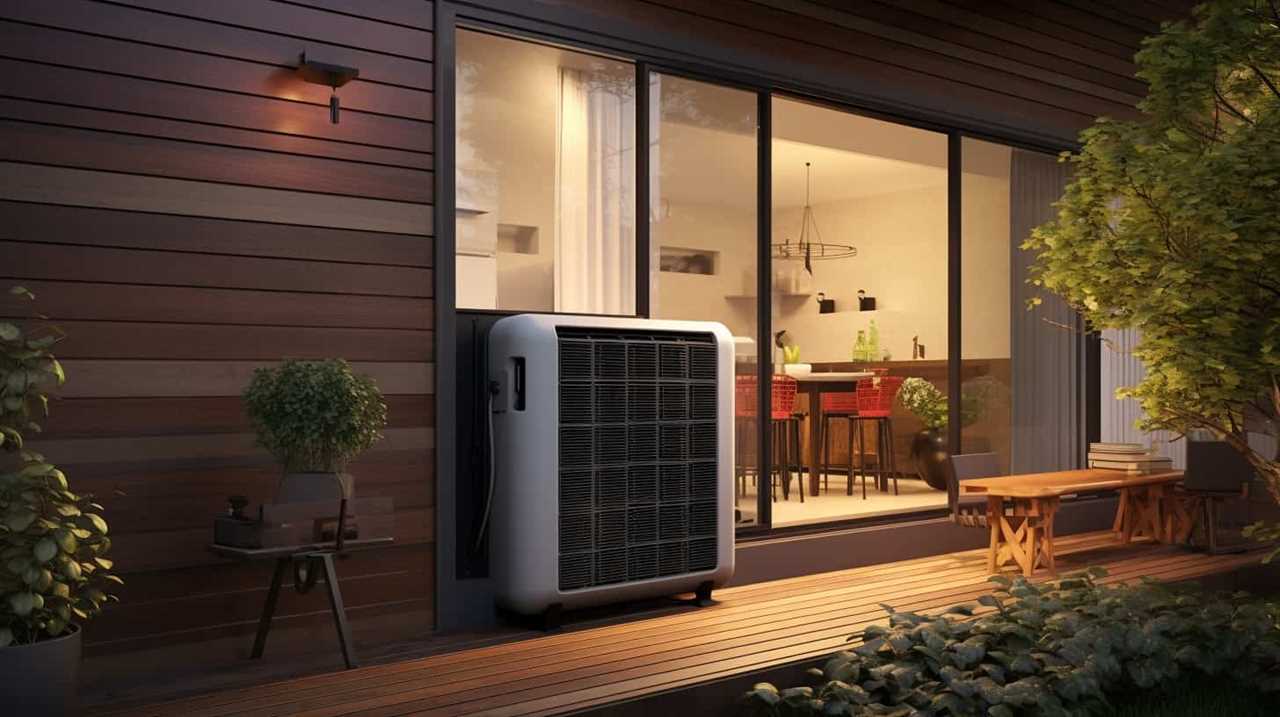
Optimal Temperature Range
We can optimize energy savings by adjusting the temperature settings within the recommended range for our heat pump. Here are some energy-saving tips for optimal temperature control:
-
Set the thermostat to a comfortable yet efficient temperature: Find the sweet spot where you’re still comfortable, but not wasting energy. Aim for around 68°F in the winter and 78°F in the summer.
-
Use programmable thermostats: Take advantage of the ability to schedule temperature changes based on your daily routine. Lower the temperature when you’re away from home and raise it when you return.
-
Avoid drastic temperature changes: Instead of cranking up the heat or AC, try layering clothing in the winter or using fans in the summer to maintain a consistent temperature.
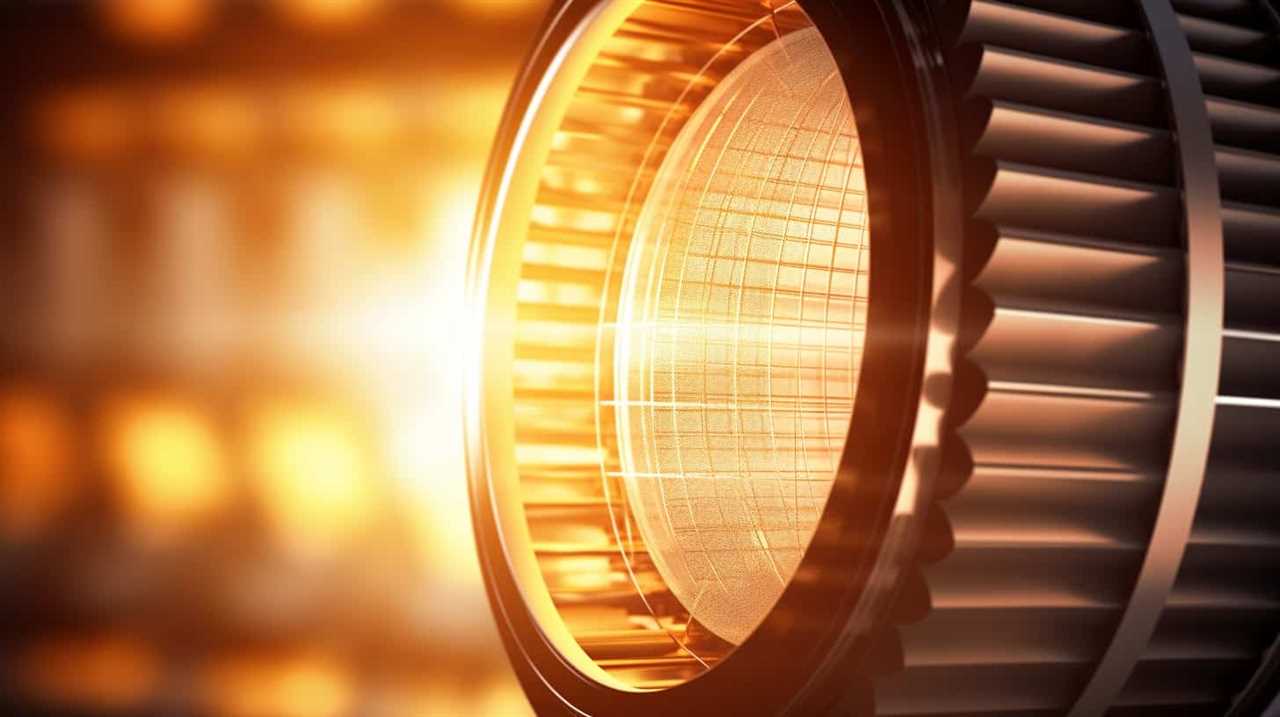
-
Consider zoning systems: If possible, divide your home into zones and control the temperature separately in each area. This allows for more precise temperature control and energy savings.
Programming for Energy Efficiency
Our goal is to optimize energy efficiency by adjusting the temperature settings of our heat pump. Programming our heat pump for energy efficiency involves utilizing energy efficient algorithms and optimizing power consumption.
By setting appropriate temperature ranges for different times of the day, we can ensure that our heat pump operates at optimal efficiency levels. For example, during the winter months, we can program the heat pump to lower the temperature when we’re asleep or away from home. This will reduce unnecessary energy consumption and save on heating costs.
Similarly, during the summer months, we can program the heat pump to increase the temperature when we aren’t at home. This approach helps to minimize power consumption and maintain a comfortable indoor environment.
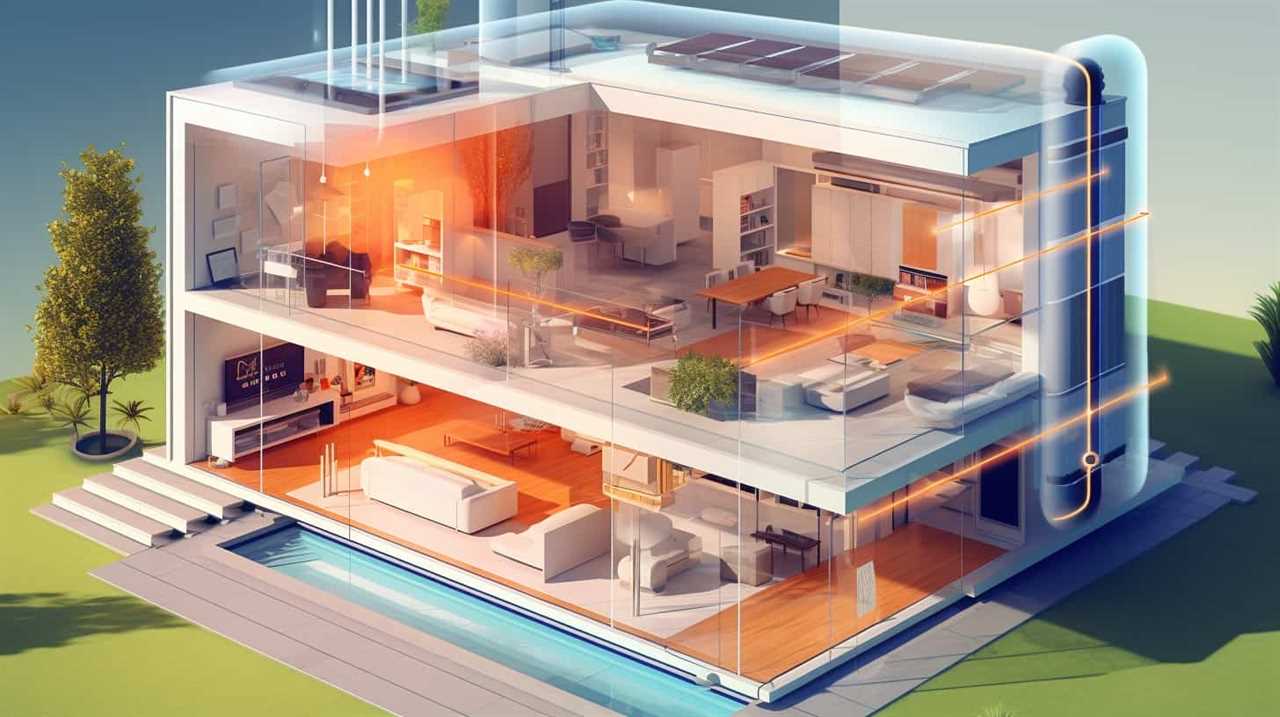
By programming our heat pump with energy efficiency in mind, we can significantly reduce our energy bills and contribute to a greener environment.
Now, let’s explore how we can take advantage of heat pump rebates and incentives to further enhance our energy savings.
Taking Advantage of Heat Pump Rebates and Incentives
Let’s explore how to make the most of heat pump rebates and incentives to maximize energy efficiency. Taking advantage of these opportunities can’t only help you save money but also contribute to a greener environment.
Here are four ways to make the most of heat pump rebates and incentives:

-
Research heat pump financing options: Many utility companies and government agencies offer financing programs specifically for heat pump installations. These programs can help offset the upfront costs and make it more affordable to invest in an energy-efficient heat pump system.
-
Conduct an energy audit: Before applying for rebates or incentives, consider scheduling an energy audit. This assessment can help identify areas of improvement in your home’s energy efficiency and may even qualify you for additional rebates or incentives.
-
Research available rebates and incentives: Take the time to research and understand the rebates and incentives available in your area. These can vary depending on your location, so it’s important to check with your local utility company or government agency to see what programs are available.
-
Keep track of deadlines and requirements: Rebate and incentive programs often have specific deadlines and requirements that must be met. Make sure to keep track of these dates and follow the guidelines provided to ensure you receive the full benefits of the program.

Properly Sealing and Insulating Ductwork
When it comes to boosting the energy efficiency of our heat pump, properly sealing and insulating our ductwork is crucial.
Insulating our ductwork helps to minimize heat loss or gain during the transfer of air, improving the overall efficiency of our heat pump system.
Additionally, sealing any leaks or gaps in the ductwork prevents air from escaping, reducing inefficiency and ensuring that the conditioned air reaches its intended destination.
Ductwork Insulation Benefits Heat Pump
Insulating and properly sealing the ductwork significantly improves the energy efficiency of heat pumps. The benefits of ductwork insulation are numerous and can greatly enhance the performance of your heat pump system.
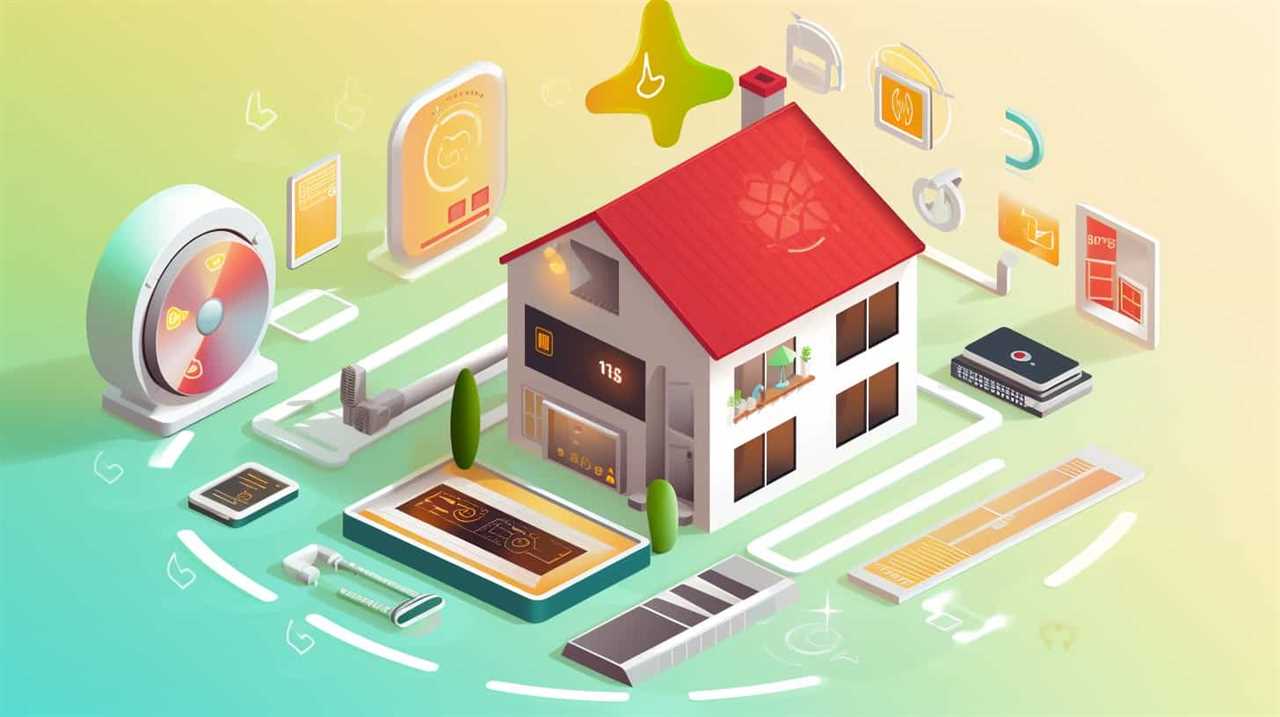
Here are four key advantages of insulating your ductwork:
-
Energy savings: Insulating your ductwork prevents air leaks, ensuring that conditioned air reaches its intended destination. This reduces energy waste and lowers your heating and cooling costs.
-
Enhanced comfort: Proper insulation eliminates drafts and temperature inconsistencies, creating a more comfortable indoor environment. Rooms will heat and cool more evenly, providing consistent comfort throughout your home.
-
Improved indoor air quality: Insulated ductwork prevents dust, allergens, and pollutants from entering your living spaces. This helps maintain a cleaner and healthier indoor air quality, especially for individuals with respiratory issues.

-
Quieter operation: Insulated ductwork reduces noise transmission, resulting in a quieter and more peaceful home environment.
Sealing Ductwork Reduces Inefficiency
Regularly sealing and insulating ductwork is essential in reducing inefficiency and improving the energy efficiency of our heat pump system. When ducts are not properly sealed, air leaks can occur, leading to energy waste and reduced comfort in our homes. By sealing the ductwork, we can prevent air from escaping or entering the system at unwanted locations. This helps to maintain the desired temperature and ensures that the conditioned air reaches its intended destination. In addition to reducing energy waste, properly sealed ductwork also improves indoor air quality by preventing the entry of dust, allergens, and pollutants into the system. To achieve effective sealing, various techniques can be used, such as mastic sealants, foil tapes, and aeroseal. These methods help to seal gaps, joints, and connections, ensuring that the ductwork operates efficiently and effectively.
| Sealing Ductwork Benefits | Ductwork Sealing Techniques | Examples of Ductwork Leaks |
|---|---|---|
| Improved energy efficiency | Mastic sealants | Gaps and cracks in duct joints |
| Enhanced indoor air quality | Foil tapes | Loose connections |
| Increased comfort | Aeroseal | Holes or punctures |
Sealing ductwork not only reduces inefficiency but also provides a range of benefits, including improved energy efficiency, enhanced indoor air quality, and increased comfort. By using appropriate ductwork sealing techniques like mastic sealants, foil tapes, and aeroseal, we can effectively seal gaps, joints, and connections, preventing air leaks and ensuring that the conditioned air reaches its intended destination. Some common examples of ductwork leaks include gaps and cracks in duct joints, loose connections, and holes or punctures. Regularly inspecting and sealing ductwork can help us optimize the performance of our heat pump system and enjoy a more efficient and comfortable home environment.
Considering Dual Fuel Systems for Enhanced Efficiency
To enhance the energy efficiency of our heat pump, we should consider dual fuel systems. Dual fuel systems offer several benefits and can be installed alongside our existing heat pump to maximize efficiency. Here are four key reasons why dual fuel systems are worth considering:

-
Cost savings: Dual fuel systems combine the efficiency of a heat pump with the reliability of a gas or oil furnace. This allows us to switch between the two based on outdoor temperatures, optimizing energy usage and reducing utility bills.
-
Increased comfort: Dual fuel systems provide consistent heating throughout the year, regardless of temperature fluctuations. This ensures a comfortable indoor environment without the need for manual adjustments.
-
Environmentally friendly: Dual fuel systems help reduce our carbon footprint by utilizing renewable energy sources such as electricity from the heat pump. This promotes sustainability and supports our efforts to protect the environment.
-
Flexibility: Dual fuel systems offer the flexibility to choose the most cost-effective fuel source based on current energy prices. This gives us the freedom to make informed decisions and adapt to changing market conditions.

Considering these benefits, dual fuel installation can greatly enhance the energy efficiency of our heat pump while providing us with a comfortable and environmentally conscious heating solution.
Monitoring Energy Usage to Identify Efficiency Opportunities
By regularly monitoring our energy usage, we can identify opportunities to improve the efficiency of our heat pump. Monitoring energy consumption allows us to track our usage patterns and identify areas where we can reduce energy waste. This proactive approach helps us identify energy-saving opportunities and make necessary adjustments to optimize our heat pump’s performance.
To effectively monitor our energy usage, we can utilize a variety of tools and techniques. One such tool is a smart energy meter, which provides real-time data on our energy consumption. By analyzing this data, we can identify trends and patterns that highlight areas of inefficiency. Additionally, conducting regular energy audits can help us identify specific areas where energy-saving improvements can be made.
When monitoring our energy usage, it is helpful to keep a record of our findings in a table format. Below is an example of a simple table that can be used to track and analyze energy consumption:

| Date | Time | Energy Consumption (kWh) |
|---|---|---|
| 01/01/2022 | 08:00 | 5.6 |
| 01/01/2022 | 12:00 | 4.2 |
| 01/01/2022 | 16:00 | 6.8 |
Frequently Asked Questions
How Do Heat Pump Efficiency Ratings Compare to Other Heating and Cooling Systems?
Heat pump efficiency ratings can vary compared to other heating and cooling systems. We consider factors like energy consumption and cost effectiveness to determine how well heat pumps perform compared to other systems.
Is It Possible to Install a Heat Pump That Is Too Big for My Home?
Yes, it is possible to install a heat pump that is too big for your home. Proper heat pump sizing is crucial to ensure maximum efficiency and performance. Oversized units can lead to short cycling, increased energy consumption, and discomfort.
What Are Some Common Signs That Indicate My Heat Pump May Need Maintenance?
Common signs that indicate our heat pump may need maintenance include reduced airflow, strange noises, and inconsistent temperatures. Regular maintenance ensures optimal energy efficiency and prevents costly breakdowns.
Can I Improve the Insulation in My Home to Make My Heat Pump More Efficient?
Improving insulation in our homes can greatly increase energy savings. By reducing heat loss and preventing drafts, our heat pump can operate more efficiently, resulting in lower energy bills and a more comfortable living environment.
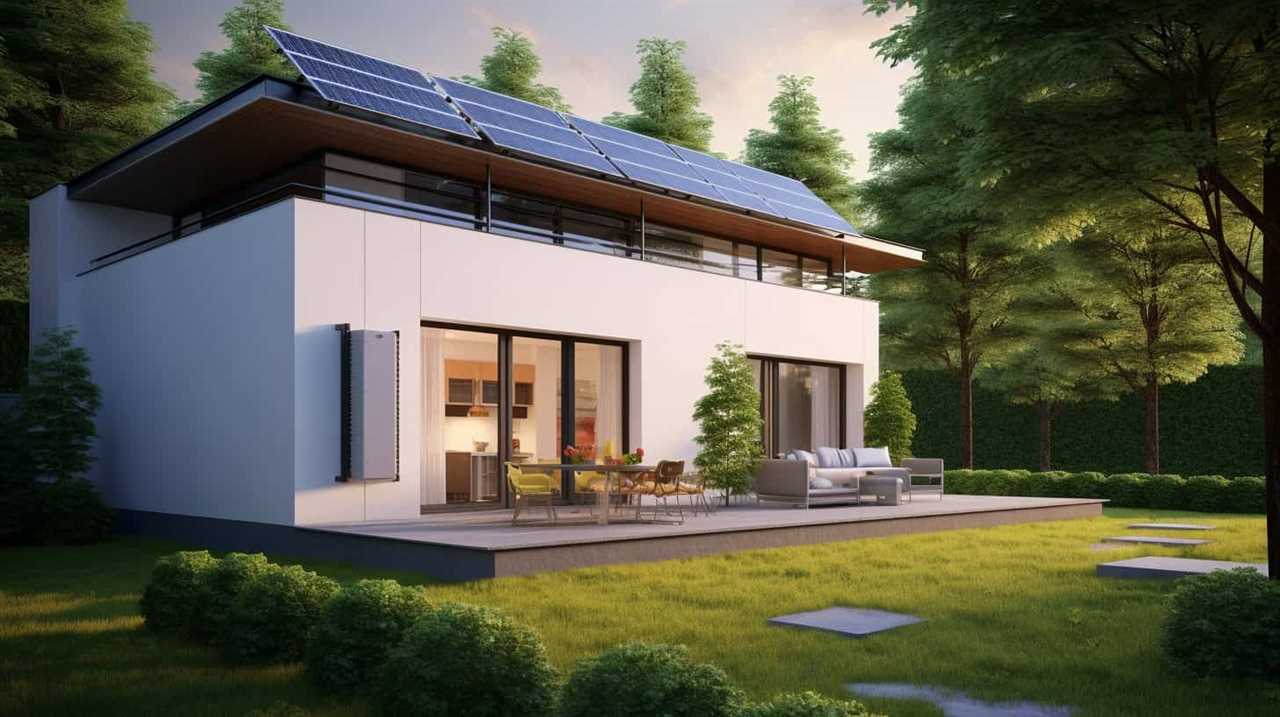
Are There Any Government Incentives or Rebates Available for Upgrading to a Heat Pump?
Yes, there are government incentives and heat pump rebates available for upgrading. They can help reduce the cost and make it more affordable. It’s worth exploring these options to maximize your energy efficiency.
Conclusion
In conclusion, by understanding heat pump efficiency ratings, choosing the right size heat pump, maintaining it regularly, improving insulation, upgrading to a programmable thermostat, and taking advantage of rebates and incentives, you can maximize your heat pump’s energy efficiency.
Additionally, sealing and insulating ductwork, considering dual fuel systems, and monitoring energy usage are important steps to ensure optimal performance and energy efficiency.
Implementing these measures will not only help you save money and reduce energy consumption, but it will also contribute to a greener environment.

Taking the time to educate yourself about heat pump efficiency ratings and selecting the appropriate size for your needs will lay a strong foundation for energy efficiency.
Regular maintenance, such as cleaning and replacing air filters, checking refrigerant levels, and cleaning coils, will also optimize the heat pump’s efficiency.
Improving insulation in your home, such as adding insulation to walls, attic, and floors, will prevent heat loss and ensure that the heat pump does not have to work harder than necessary.
Upgrading to a programmable thermostat will allow you to set different temperature schedules for different times of the day or week, ensuring that the heat pump is not operating when it is not needed.
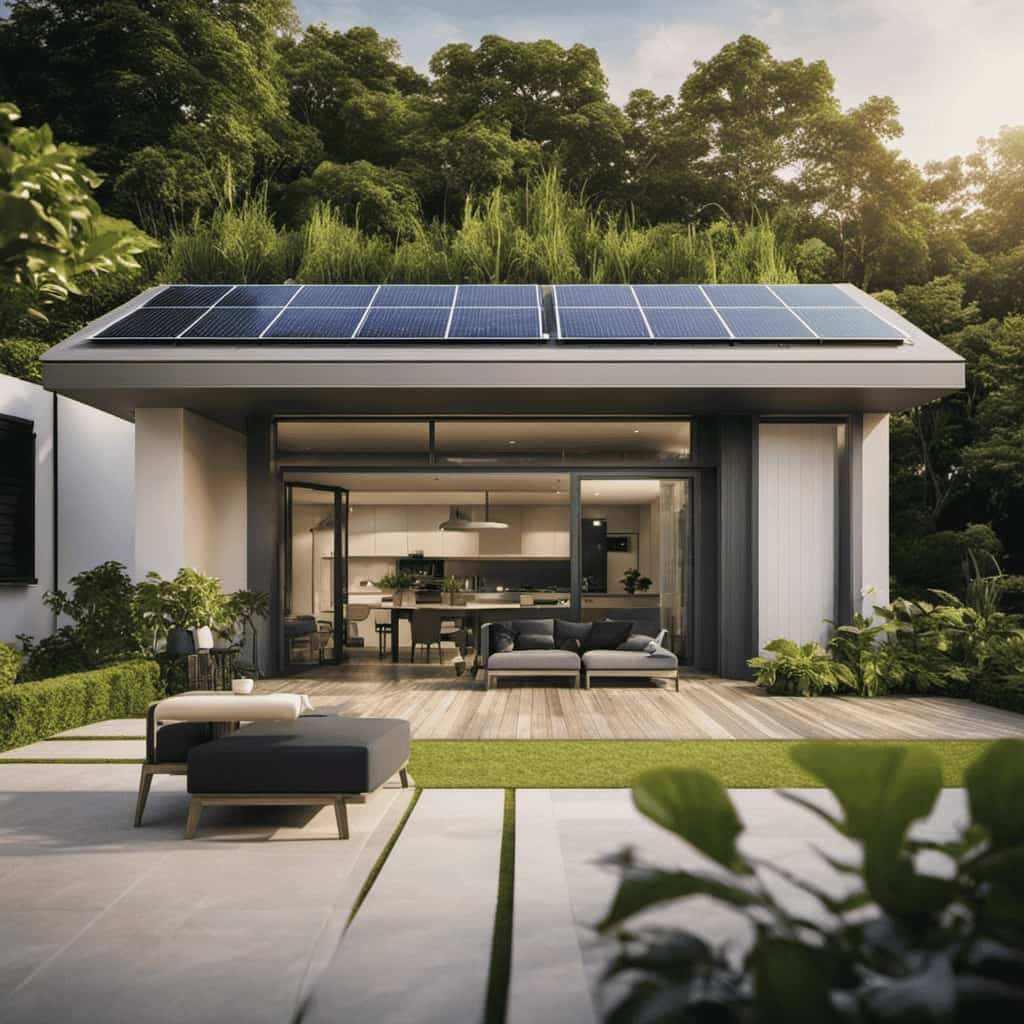
Taking advantage of rebates and incentives offered by utility companies or government programs can help offset the initial cost of purchasing and installing a heat pump.
Sealing and insulating ductwork will prevent air leaks, ensuring that the conditioned air reaches its intended destination without any loss.
Considering a dual fuel system, which combines a heat pump with a furnace, can provide more efficient heating in extremely cold temperatures.
Finally, monitoring your energy usage through smart meters or energy monitoring devices will help you identify any areas where energy is being wasted and make adjustments accordingly.
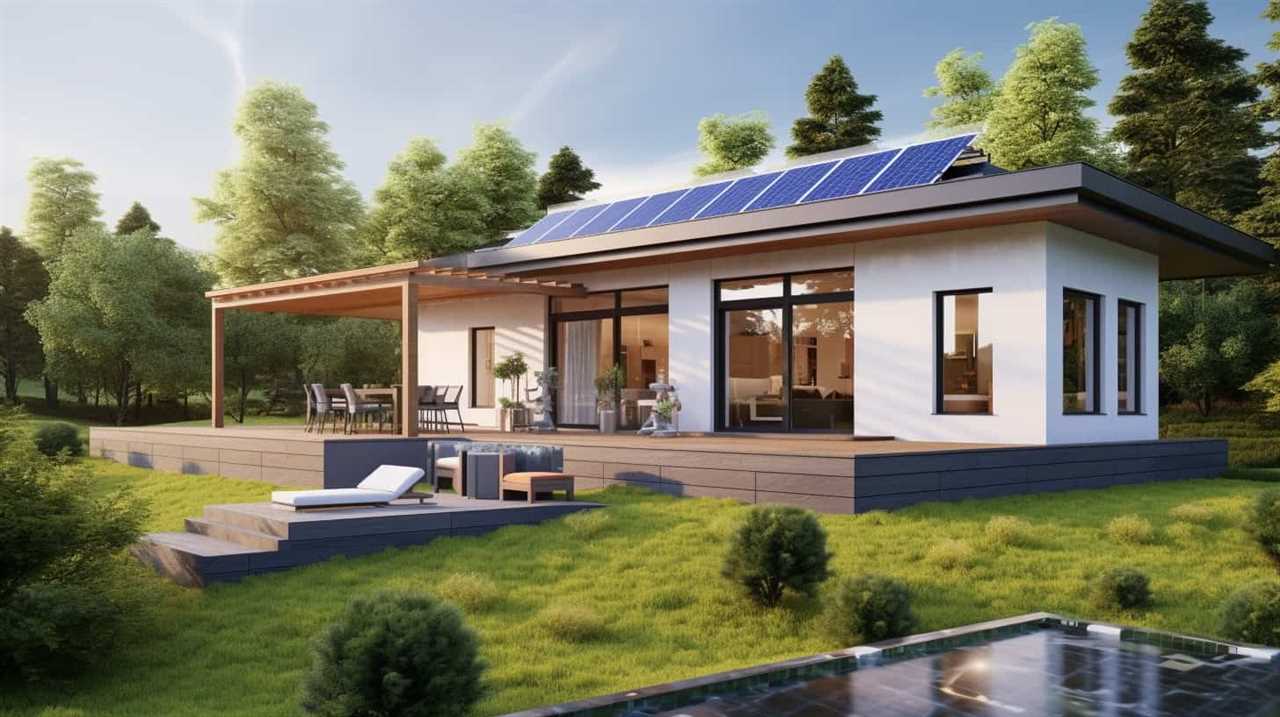
By implementing these measures, you can maximize your heat pump’s energy efficiency, save money on energy bills, and contribute to a more sustainable and environmentally friendly future.






